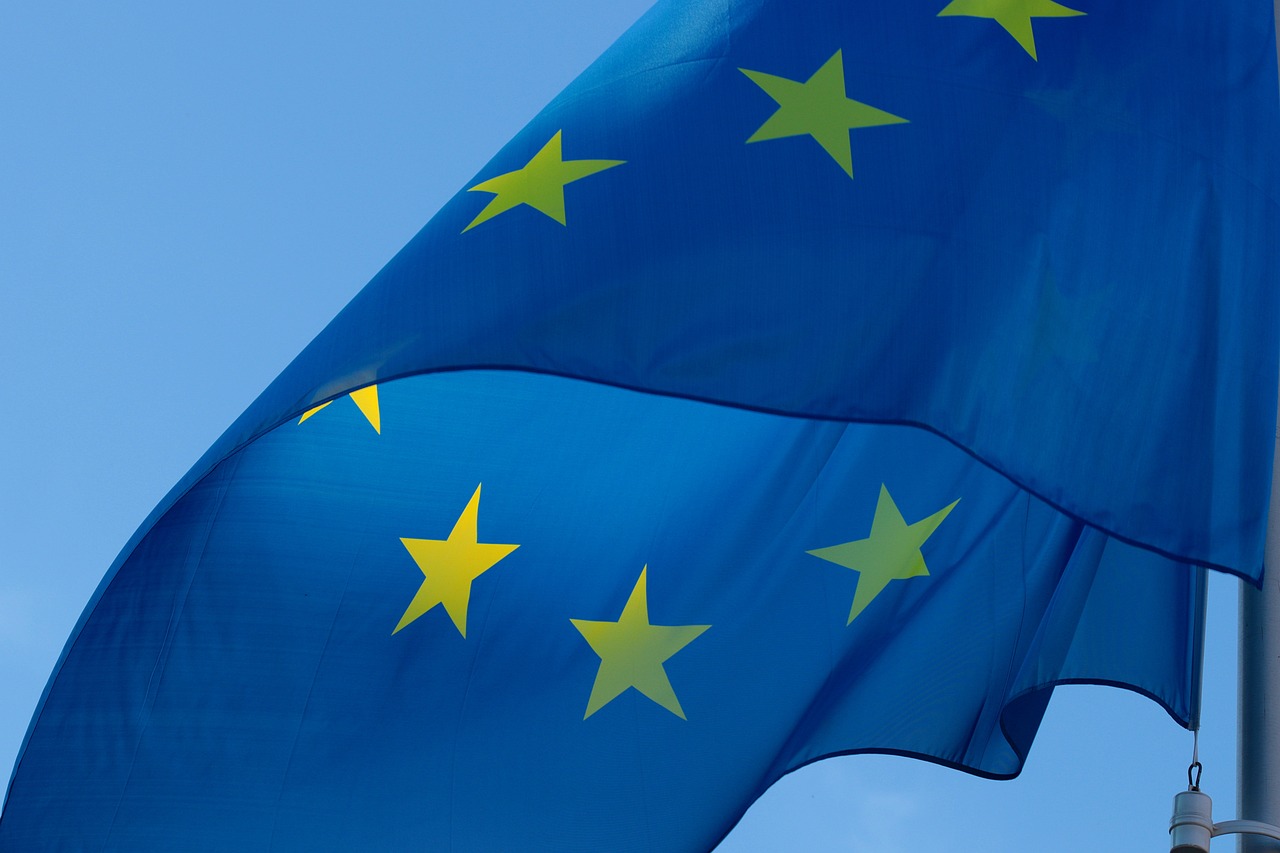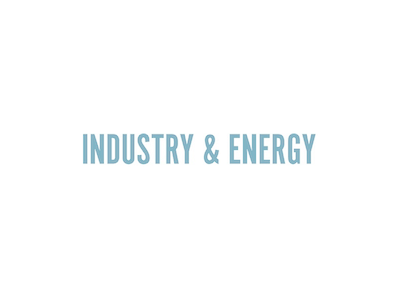Belgium – The European Commission’s recent unveiling of its 2040 climate target communication and Industrial Carbon Management (ICM) strategy has sparked both praise and skepticism.
While the proposed 90% net reduction of greenhouse gas emissions by 2040 demonstrates a step forward, concerns linger regarding the reliance on costly and unproven technologies.
The Commission’s aim to achieve a 90% reduction in greenhouse gas emissions by 2040 is a commendable step toward climate action. However, the heavy reliance on carbon capture and removal technologies raises doubts about the feasibility and effectiveness of such approaches. The absence of prioritization for more cost-effective solutions like renewable energy and efficiency measures adds to these concerns.
Promise and perils of carbon capture
Carbon capture technology is highlighted as a pivotal element in the Commission’s strategy. While touted as a solution to mitigate emissions, experts caution against overreliance and emphasize the need for proven alternatives. The risks associated with untested carbon capture technologies raise questions about their viability in achieving climate targets.
The Commission’s strategy, while ambitious, risks falling short of achieving its climate targets. The failure to address emissions from the agricultural sector and the reliance on unproven technologies could hinder progress. Furthermore, the lack of ambitious targets for agriculture may exacerbate existing challenges faced by farmers, threatening livelihoods and food security.
Calls for action
Experts from the European Environmental Bureau highlight the need for ambitious targets and prioritization of cost-effective solutions. They caution against the gamble on carbon capture technology and stress the importance of a holistic approach to climate action.





